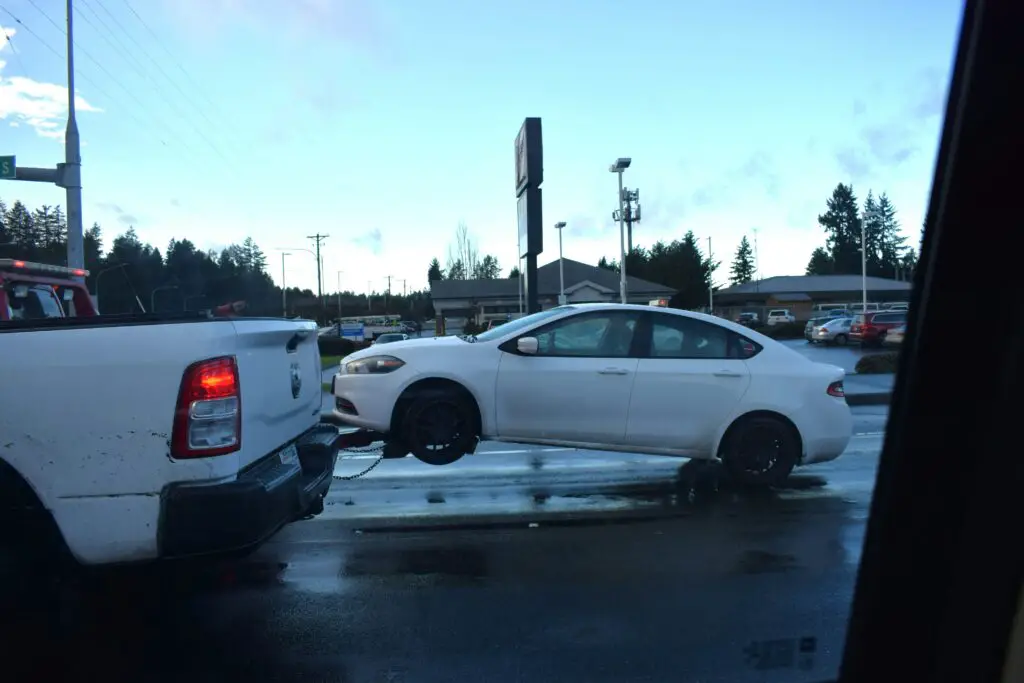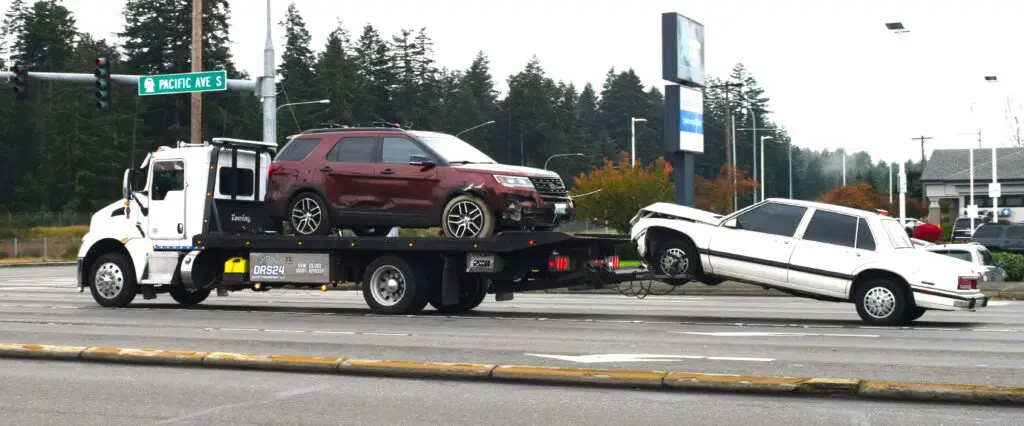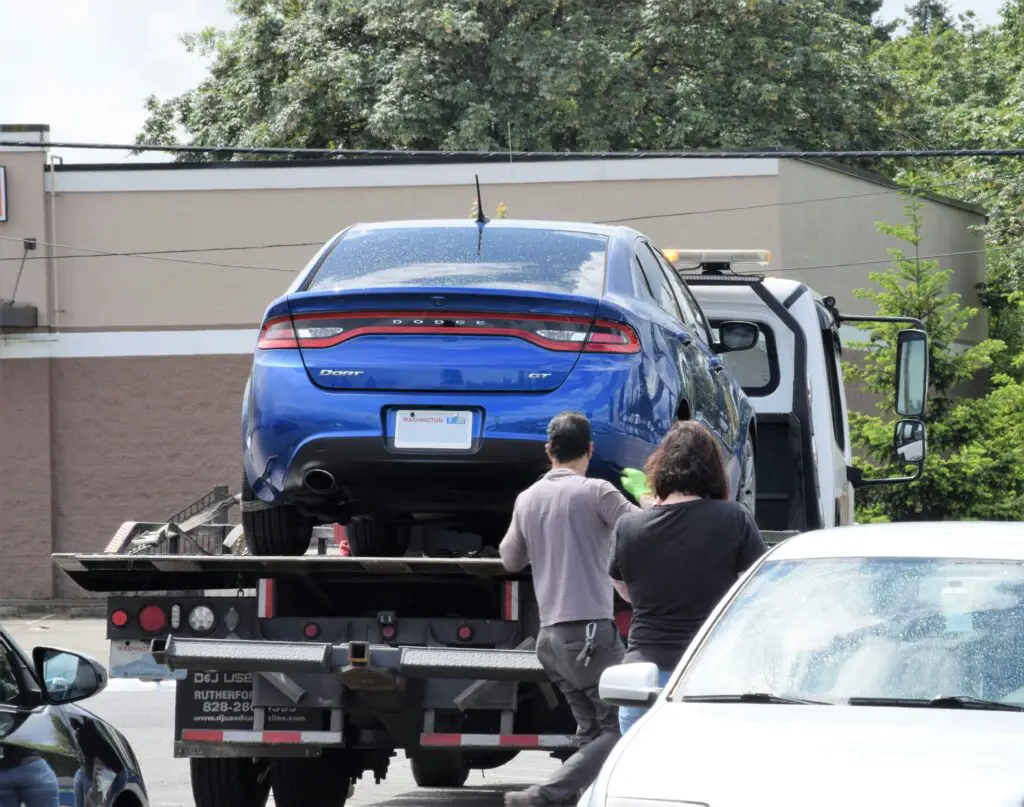If you’re like the average American, you’ve probably taken out a loan to buy something. People often use loans to purchase big-ticket items like houses, tuition, jewelry, and cars. However, the item isn’t technically yours until you fully repay the loan. If you miss a payment or fall behind, the lender can repossess the item. This happens frequently with cars since many people buy them with loans they struggle to repay. Car repossession is relatively common, although many don’t fully understand its terms and conditions.
What is Car Repossession?

Put simply, lenders repossess items they helped you purchase. Cars rank among the most commonly repossessed items, with lenders reclaiming over a million each year.
Repossession typically occurs when you default or fail to make correct payments on a loan. As soon as you default on your loan, a debtor can take action to repossess the vehicle. They don’t even need to notify you before trying to take your vehicle. Creditors can repossess vehicles in both private and public lots. This often causes people to walk up and find their car being towed.
While a lender does have the right to repossess a defaulted vehicle, they do have to follow some basic guidelines:
- The creditor cannot commit a crime to repossess the vehicle.
- The creditor cannot use force or abusive language to repossess the vehicle.
- The creditor cannot illegally enter a home or garage to repossess the vehicle.
- The creditor cannot move other cars to repossess the vehicle.
- The creditor cannot tow when the owner is resisting repossession.
After repossessing an item, lenders follow state-specific rules for returning the vehicle. Some states claim repossession is final, while others may have “waiting periods” that allow you to pay your dues to reclaim the vehicle. At the same time, the creditor may sometimes be able to sell the vehicle to repay the debt on the loan. If creditors repossess your car, researching your state’s specific repossession rules could benefit you.
How to Avoid Car Repossession

The best way to deal with car repossession is to avoid it altogether. Although making on-time payments may sound simple, it’s not always easy when life throws us a curveball. With that said, there are a few other ways that you can try to avoid or mitigate the effects of car repossession:
- Alter your budget. One of the first things you should consider is changing your usual budgeting. This could mean working more to earn money, dipping into your savings, or changing your purchases so you can pay your loan on time. While it may be unpleasant, adjusting your current budget beats repossessing your car.
- Communicate with your lender. Sometimes, budgeting won’t save the day. If you are having issues with paying your loans, it is always good to communicate with your lender. Most lenders want their debtors to keep loans going, as defaulting can cost them money in the long run. With proper communication, lenders may be open to deferring payments or working out a new payment plan while you struggle to make ends meet.
- Refinance your loan. With proper communication, your lender may agree to refinance your loan. Refinancing can elongate your payments in the right situations with a new rate that fits your current needs.
- Sell the vehicle. If the car is worth more than the debt left on the loan, selling may be your best option. You can use the money to repay your lender without issue upon selling.
Woman Jumps Into Her Car That Is Being Towed
This clip is going around the internet, and it looks like it is straight from a cheesy comedy movie. It shows a tow truck picking up a small car and beginning to move away. Reportedly, the vehicle is being repossessed with the help of a towing company.
After the truck starts driving away, a woman runs up to it and hops inside the vehicle. Presumably, she is the “owner” trying to stop her car from being towed. Despite now being inside the towed car, the truck driver continues. He pulls out onto the main road while the woman is still inside her propped-up vehicle along for the ride.
Who’s Liable in This Instance?
When working on repossession situations, tow truck drivers must get in and out quickly. Many drivers will hook up and leave as soon as possible to avoid conflicts with the vehicle’s owner. At the beginning of the video, the truck driver saw no one in the vehicle and hooked it up legally according to the rules of car repossession.
After the woman entered the vehicle, the tow driver could no longer move it. Besides being an illegal driving situation, the car owner’s actions would qualify as “resistance” to repossession.
Thus, due to the clear and obvious presence of the owner in their vehicle, any liability in the situation would likely fall on the tow truck driver.

